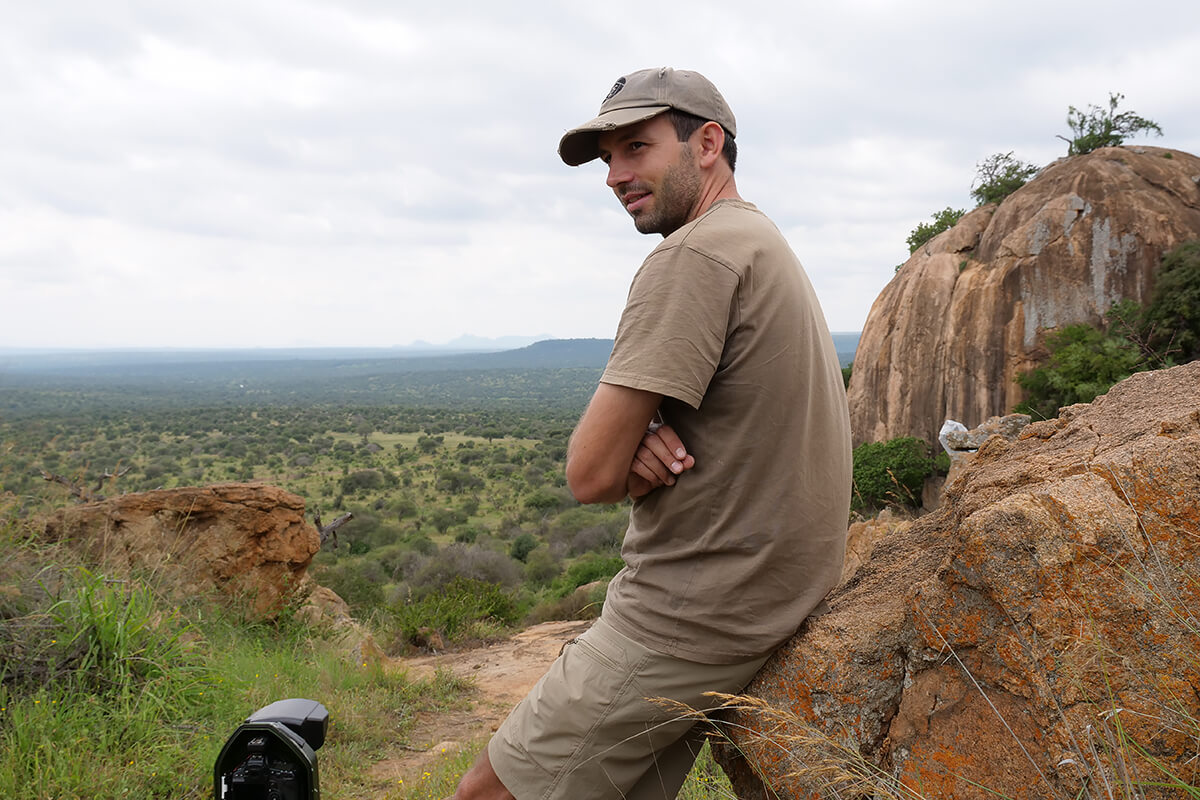Will Burrard-Lucas is a British wildlife photographer, author and entrepreneur. He is the creator of BeetleCam, a remote-control camera buggy, and founder of Camtraptions Ltd, a company specializing in high-quality equipment for camera trap photography and filmmaking. He dedicates much of his time to working on long-term book projects in Africa. His latest book, "The Black Leopard," features a rare melanistic African leopard and was published in March 2021. Prior to that, he spent a year documenting the last remaining big tusker elephants in Tsavo, Kenya for his book, "Land of Giants." When not in Africa, he lives in Buckinghamshire, UK.
Statement:
There are few creatures as stunning and elusive as a black leopard. In Africa, these magnificent cats are so rare as to be the stuff of legend. Then, one day in 2018, I heard about sightings of a young African black leopard in Kenya. With the help of people from the local community, over the course of a year, I succeeded in capturing a series of high-quality photographs of the extraordinary cat. I recently released the images and story behind the project in my new, "The Black Leopard, My Quest to Photograph One of Africa's Most Elusive Big Cats".
ARTICLES
The last images of the Elephant Queen
The Black Leopard
Stunning Photographs Support the Conservation of Africa's Precious Wildlife
Camera Trap Project
